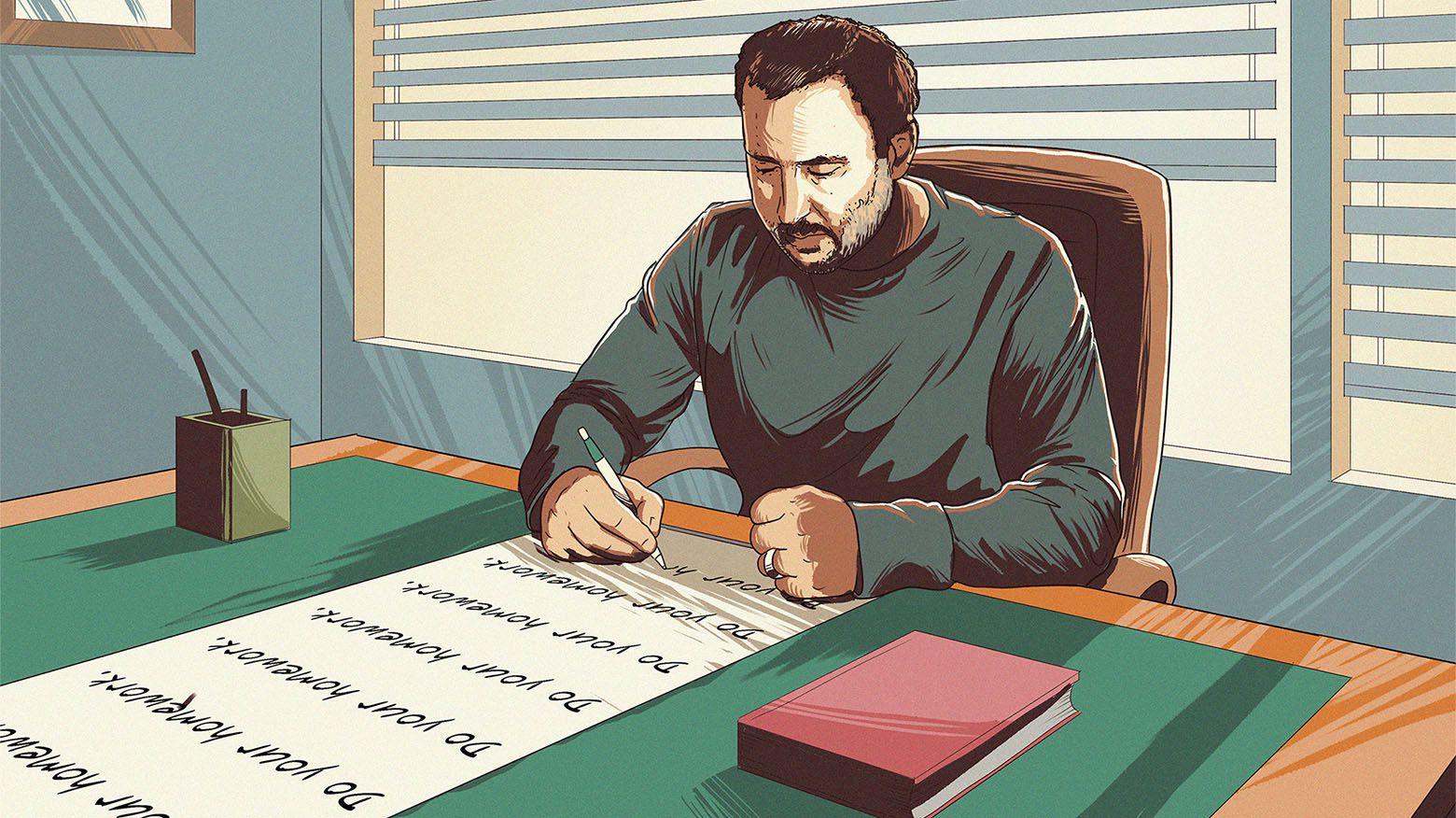May 31, 2007 – The Motley Fool
Investors love certainty. Their affection for uncertainty ranks with their fondness for a visit to the dentist for a root canal on Christmas Day.
This is a crucial point: The Sallie Mae purchase was made as an investment, because each bank could afford to buy Sallie Mae on its own if it wanted to be in that business. Finally, management of all three companies stated they intend to continue to do business as is. (OK, take that for what it’s worth.)
Oh, and one little detail: The big two have binding contracts with First Marblehead. Bank of America’s contract (representing about 13% of revenues) may be canceled after June 1 with a 90-day notice. But since summer is the busiest time of the year, cancellation is unlikely, if it takes place at all, until late 2007. JP Morgan’s contract (about 31% of First Marblehead’s revenues) is through March 2010.
Worst-case scenario
There is a very high probability that Brown is right and First Marblehead’s two largest customers will stick around, but let’s take a look at the worst-case scenario where the big two cancel their contracts.
It doesn’t look as bad as one would think. The revenue stream from JP Morgan and Bank of America is growing at a much slower rate than the rest of the company, plus First Marblehead is signing new partners every quarter. As time goes by, the big two contribute less and less to FMD’s top line. I rarely feel comfortable with using growth rates of 25% or 30% for projections, but the private student loan industry is and has been growing at these rates as the gap between government loans and cost of education (inflation) widens every year, and First Marblehead has grown at several times the growth of the industry in the past.
If Bank of America cancels at the end of 2007, I still expect about 10%-15% revenue growth in 2008, with growth returning to the normal 25% in 2009. However, the cancellation of the JPMorgan contract in 2010 would wipe out most of the revenue growth for that year, as in my estimates JPMorgan will at that time account for about 25% of revenues.
But even after all this carnage, 2010 revenues should be at least 10%-20% higher than they are today. Yes, the worst case is that the revenues will only grow 3% to 5% a year between now and 2010. In the meantime FMD is likely to deploy its cash flows and debt-free balance sheet to buy back stock. In addition, the single digit P/E is likely to expand, thus the worst-case scenario total return is likely to be in low double digits. I’ll take this worst case for any stock any time.
What is the best-case upside? FMD will double and triple its earnings over the next couple of years, the P/E expands to 15-20, and the stock will double or quadruple from here.
Final thoughts
There are other risks that come to mind. If the yield curve stays flat for a long time, prepayments on student loans go up, reducing profitability of new and existing loans (historically the yield curve has not stayed flat for long). A shutdown of the securitization market is a possible, but not probable, risk. A slowdown in the economy is actually a benefit as college enrollments go up during economic recession. New competitors emerging and hurting margins is probably the risk one should watch out for the most, although FMD has strong competitive advantages in its TERI database, scale, and customer relationships.
Though in the long run investors in First Marblehead will likely make money, the short run may end up being very rocky with potential cancellations on the horizon and a flat yield curve. I guess that is what long-term investing is about, being willing to incur short-term pain for the long-term gain.
Fool contributor Vitaliy Katsenelson is a vice president and portfolio manager with Investment Management Associates, and he teaches practical equity analysis and portfolio management at the University of Colorado at Denver’s graduate school of business. He and his company own shares of First Marblehead. The Motley Fool has a disclosure policy. His book Active Value Investing will be published by John Wiley & Sons in September 2007.









0 comments